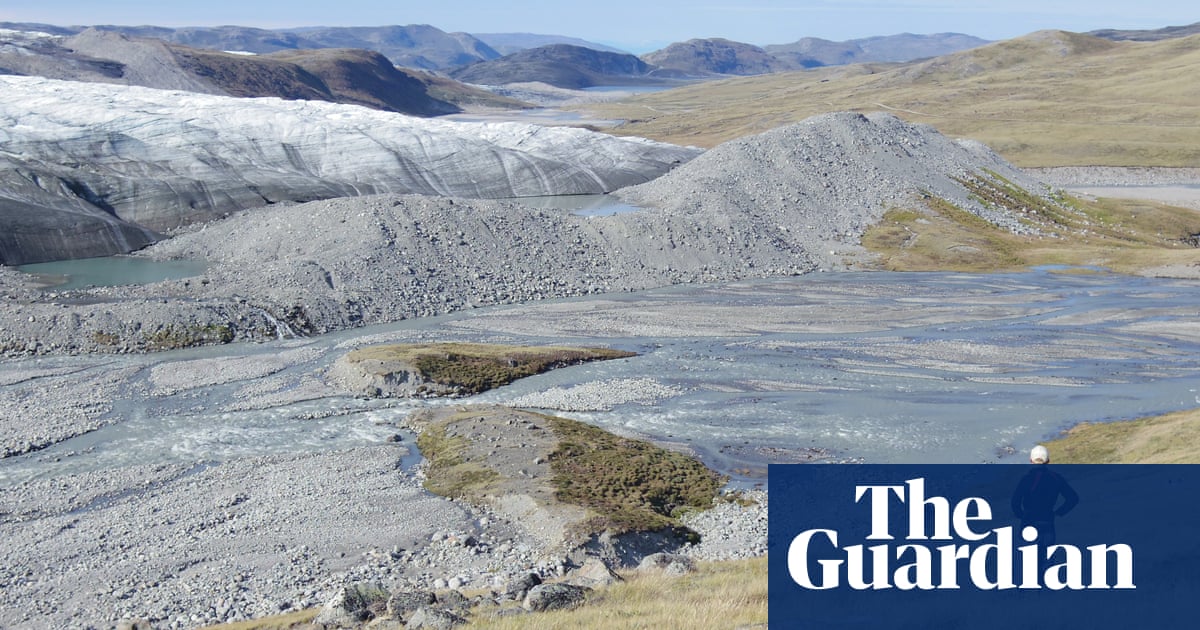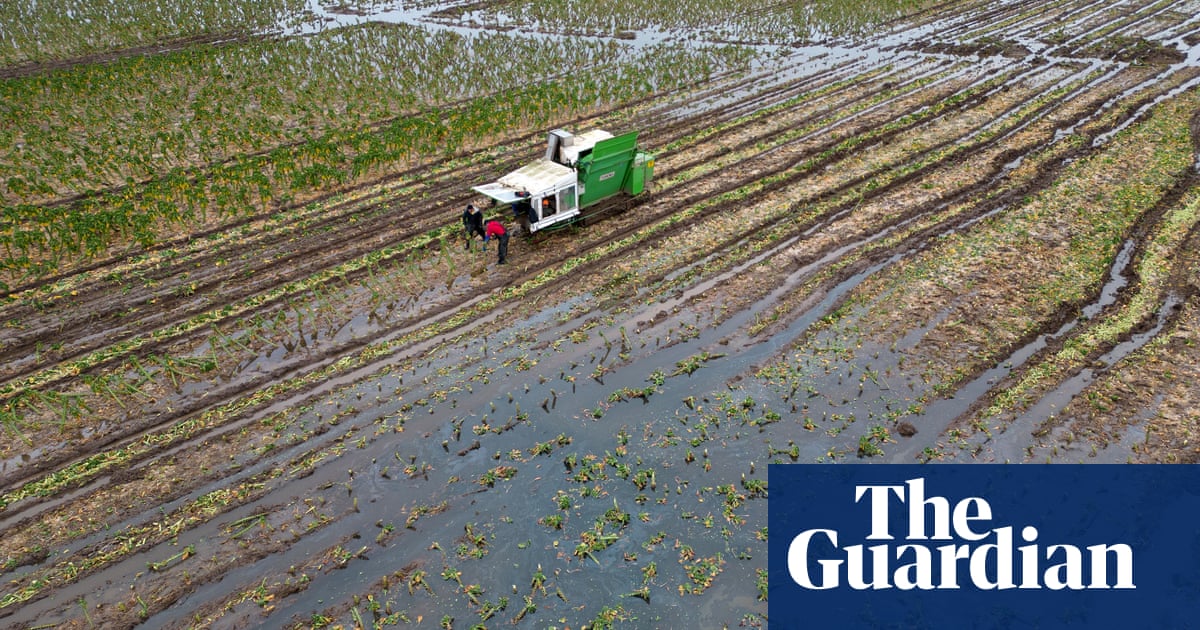Climate experts sound alarm over thriving plant life at Greenland ice sheet | Greenland


Significant areas of Greenland’s melted ice sheet are now producing vegetation, risking increased greenhouse gas emissions, rising sea levels and instability of the landscape.
A study has documented the change since the 1980s and shows that large areas of ice have been replaced with barren rock, wetlands and shrub growth, creating a change in environment.
Analysis of satellite records has shown that over the past three decades an estimated 11,000 sq miles of Greenland’s ice sheet and glaciers have melted, an area equivalent to the size of Albania and amounting to 1.6% of its total ice cover.
As ice has retreated, the amount of land with vegetation growing on it has increased by 33,774 sq miles, more than twice the area covered when the study began.
The findings show a near-quadrupling of wetlands across Greenland, which are a source of methane emissions.
The greatest increase in dense wetland vegetation occurred in the vicinity of Kangerlussuaq in the south-west and in isolated areas in the north-east.
The scientists say warmer air temperatures are causing the ice to retreat and since the 1970s the region has been heating up at double the global average rate. On Greenland, the average annual air temperatures between 2007 and 2012 were 3C warmer than the average between 1979 and 2000.
According to the findings, there are signs that the increased vegetation is resulting in further ice loss.
Jonathan Carrivick, an Earth scientist at the University of Leeds and a co-author of the study, published in the journal Scientific Reports, said: “We have seen signs that the loss of ice is triggering other reactions which will result in further loss of ice and further ‘greening’ of Greenland, where shrinking ice exposes bare rock that is then colonised by tundra and eventually shrub.
“At the same time, water released from the melting ice is moving sediment and silt, and that eventually forms wetlands and fenlands.”
after newsletter promotion
Dr Michael Grimes, the lead author of the report, said: “The expansion of vegetation, occurring in tandem with the retreat of glaciers and the ice sheet, is significantly altering the flow of sediments and nutrients into coastal waters.
“These changes are critical, particularly for the Indigenous populations whose traditional subsistence hunting practices rely on the stability of these delicate ecosystems. Moreover, the loss of ice mass in Greenland is a substantial contributor to global sea level rise, a trend that poses significant challenges both now and in the future.”
The researchers have used their findings to develop a model to predict those areas on Greenland that are likely to experience “marked and accelerated” change in the future, to continue monitoring the situation.
Source link




